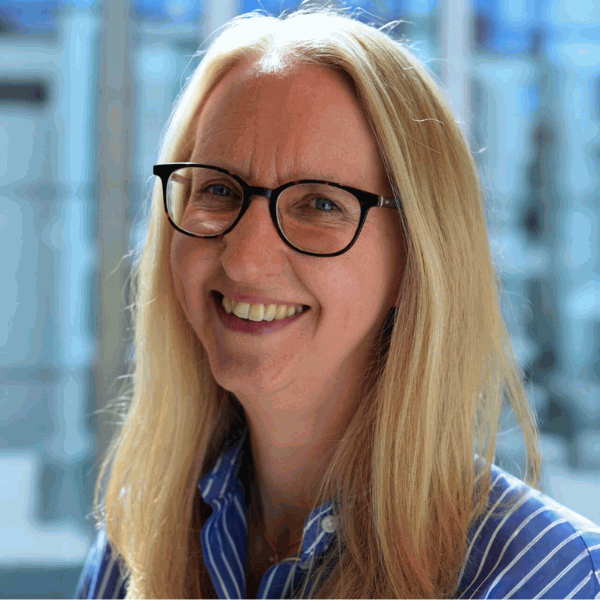Updated schools safeguarding guidance from September 2018
New statutory guidance on "Keeping Children Safe in Education" is expected to be in place for 3 September 2018.
A copy of the new, and current, guidance is available here. All schools and academies are required to have regard to this advice.
Key changes within the new guidance are listed below:
General
- The document now refers throughout to the Teaching Regulation Agency (TRA), which assumed the professional misconduct functions of the National College for Teaching and Leadership (NCTL) on 1 April 2018.
The TRA also supports schools with safeguarding responsibilities, including via its teacher database pre-recruitment checks. Further information on the TRA can be found here.
Part 1 – Guidance to be read and understood by all staff
- There is an increased focus on the Designated Safeguarding Lead (DSL) and their deputies having a complete safeguarding picture.
- All staff must be aware of school systems which support safeguarding, including the school's behaviour policy and safeguarding response to children who go missing from education.
- There is additional detail on the potential need of a child for early help.
- Concerns about a child's welfare should be acted on immediately and that staff should follow the school's child protection policy and speak to the DSL or their deputy.
- Staff must not assume that someone else will take action. There is a reminder of the importance of sharing information at an early stage.
- The role of the local authority is set out in more detail, including that the local authority should make a decision where a case is referred to them within one day of the referral and should let the referrer know the outcome.
- Every teacher is under a duty to report female genital mutilation to the police. Staff should also speak to their DSL about such cases.
- A new section on "contextual safeguarding" has been added. This means that the environment outside the school should be considered when making safeguarding decisions and referrals. Staff are advised that as much information as possible should be passed on as part of the referral process, including any external factors which may be a threat to children's safety or welfare.
Parts 2 - 5
- Governing bodies and proprietors should have a senior board level lead to take overall responsibility for safeguarding arrangements.
- Each school within a trust must have its own child protection policy reflecting local circumstances. There may be an over-riding child protection policy for the trust, but each school should have its own local version.
- Schools should, where reasonably possible, have more than one emergency contact number for each student or pupil.
- The guidance now makes clear that the DSL must be from the school senior leadership team.
- The DSL should consider sharing information with a new school in advance of a child transferring in order to ensure that support is in place as soon as the child arrives.
- At least one person conducting a staff recruitment interview must have completed safer recruitment training.
- Specific reference is made to children who were formerly looked after children, with a reminder that these children remain vulnerable and that agencies should continue to work together to safeguard them.
- The local authority has ongoing responsibilities for care leavers and DSLs should have the details of the appropriate personal adviser appointed to support the care leaver.
- There is specific guidance on the use of "reasonable force" where necessary to safeguard children and young people.
- Academy trusts and independent schools must check that members and trustees are not barred from taking part in the management of the school under section 128 Education and Skills Act 2008. Enhanced DBS checks on all members and trustees including the chair of the board of trustees should also be carried out.
- There is an additional recommendation that maintained schools (to which section 128 does not apply) check with the Teaching Regulation Agency whether someone they propose to recruit as a school governor is barred under section 128.
- Schools continue to be responsible for the safeguarding of a pupil on their roll who has been placed with an alternative provision provider. Schools should obtain written confirmation from the alternative provider that appropriate safeguarding checks have been carried out on those working at the alternative provision establishment.
- Further guidance on child on child sexual violence and sexual harassment (peer on peer abuse) is included.
The guidance continues to evolve in response to newly identified threats to young people. It now includes new information on the risks of peer on peer abuse, homelessness, domestic abuse, so-called "county lines" drug dealing, honour based violence, sexual violence and sexual harassment, on-line threats and radicalisation.
The current guidance, which has been in place since September 2016 continues to apply and should be referred to before the new guidance supersedes it this September.
|
If you would like to discuss any aspect of this article further, please contact Alacoque Marvin or any other member of the Education team on 0113 244 6100. You can also keep up to date by following Wrigleys Schools team on Twitter here The information in this article is necessarily of a general nature. Specific advice should be sought for specific situations. If you have any queries or need any legal advice please feel free to contact Wrigleys Solicitors
|



